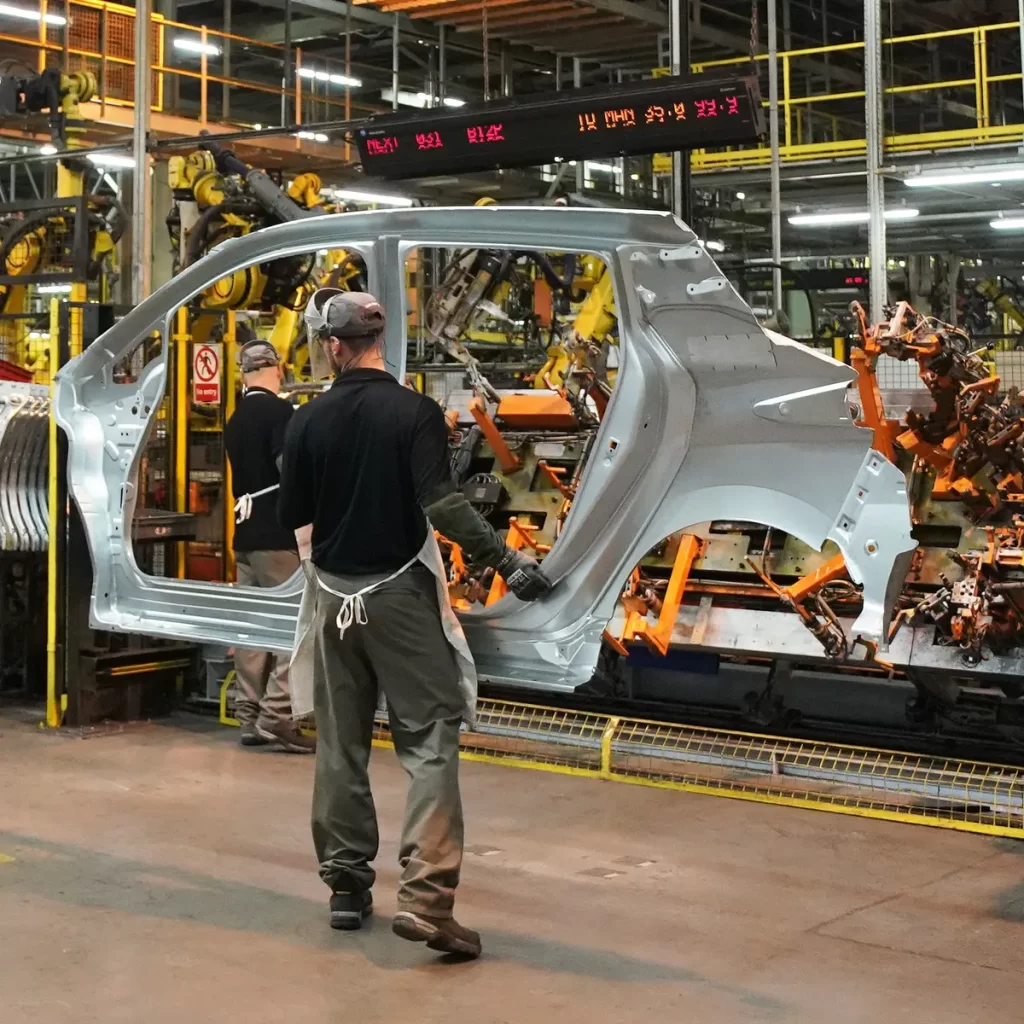There are a number of different automobile parts that help a vehicle move. These include the engine, transmission system, and auxiliaries. The engine is the heart of a car and needs to be working properly and smoothly at all times. Other parts of the automobile include the wheels and tires and the steering mechanism. To learn more about the different parts that make up a car, take a look at the following descriptions.
Automobile parts are shipped around the world using truck transport and railroads. Sometimes, air freight is used for critical components that need to be shipped quickly to keep assembly lines running smoothly. Offshore exports and imports are also handled using ships. These shipments can include OE and OES automobile parts, as well as parts for the aftermarket segment around the world.
While brick-and-mortar stores tend to have more selection, online marketplaces can often provide a better customer experience. PARTS iD, for example, has an AI model that identifies the exact part a user needs and generates a list of choices. The company also allocates sales personnel to assist customers with questions and to provide the best possible service.
Most parts in the United States are supplied by independent producers. The largest suppliers are the former subsidiaries of GM and Ford, Delphi Automotive Systems and Visteon Corporation. These companies represent approximately half of all Tier 1 automotive suppliers. As of 2004, there were 1,500 to 2,000 Tier 1 suppliers. These companies sell directly to vehicle builders. By the year 2020, there will be about 500 to 700 of these companies remaining. By then, only fifty or sixty of them will be system integrators dealing directly with vehicle manufacturers.
In addition to the three major auto parts manufacturers, there are thousands of independent auto parts suppliers in the United States. Of these, the largest companies generate more than $1 billion in annual sales. The biggest automotive suppliers are located in Germany, Japan, and the United States. Germany boasts 23 of the top 100 companies, including three of the five largest auto parts manufacturers in the world.
In 2005, the United States imported $95.2 billion worth of auto parts from other countries. The number of auto parts exports from these countries jumped by 18 percent. The auto parts trade deficit increased by nearly 30% during this time. However, auto parts exports are increasing at a faster rate than automobile imports from the developed nations.
As the automobile parts industry adapts to the changing demands of consumers and their habits, it is also facing challenges and opportunities. New technologies like autonomous vehicles, connectivity, and electric drivetrains are creating new challenges for automotive suppliers. As a result, there is expected to be a significant increase in technology content in automobiles. Furthermore, the competition between established suppliers is expected to increase. This competition requires new, innovative strategies to ensure the success of automotive suppliers.
The automotive industry’s research and development (R&D) efforts are centered on developing automobiles that are environmentally responsible, economical, and safe to drive. Supplier companies are responsible for many innovations in the industry, including electronic fuel injection, anti-lock braking systems, and auto-dimming mirrors. Innovation and research are essential for the survival of medium to large-size auto parts suppliers.






More Stories
The True Cost of Not Having Business Insurance
A Technical Analysis of Advanced Safety Features in Modern Vehicle Modifications
SUV Modification Tips for Novice Mechanics